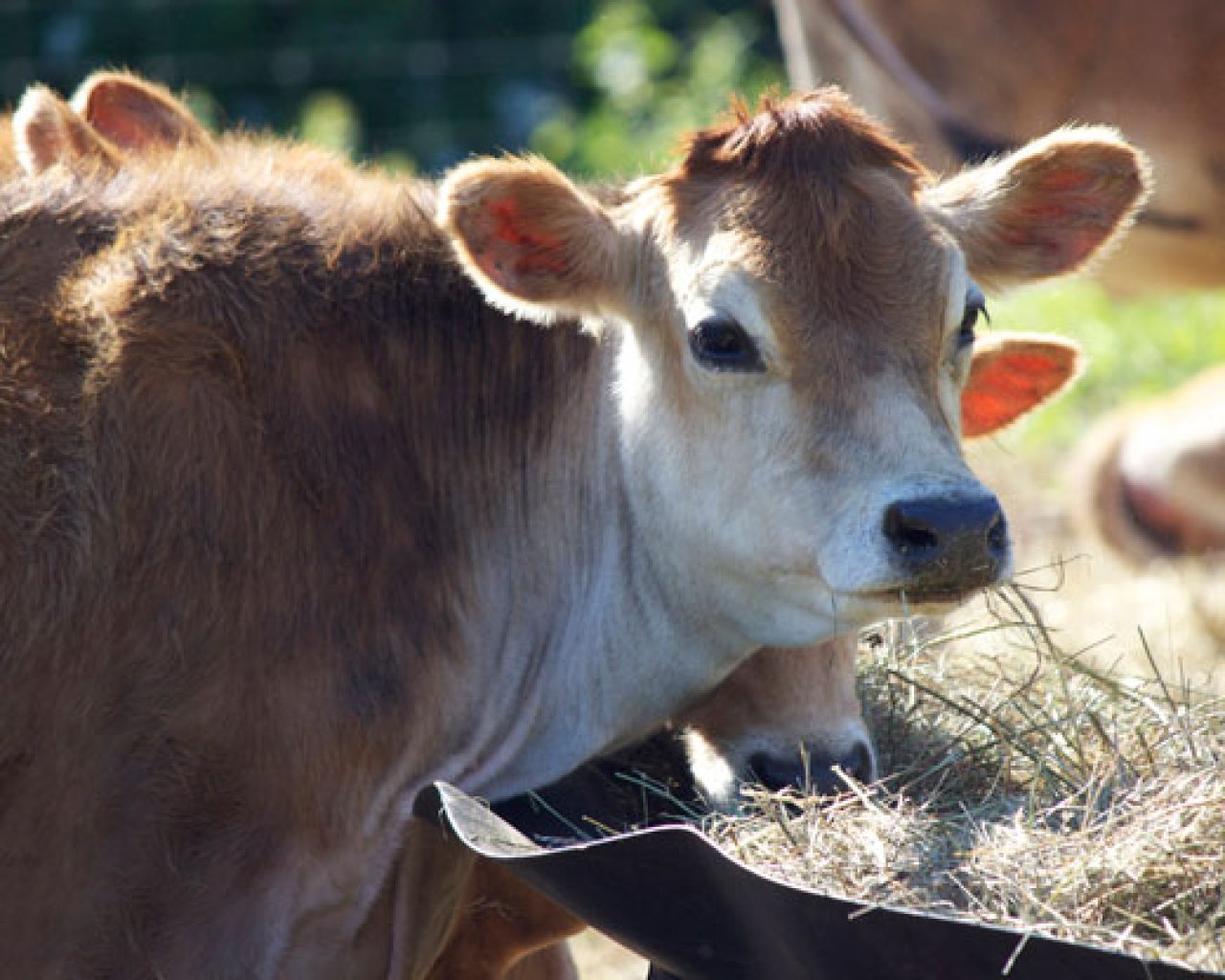Services tailored to you...
With over five decades’ experience serving a diverse range of clients in the South West, we possess an unbeatable depth of knowledge across a wide range of industry sectors.
Our specialist partners and teams can provide expert advice on everything from farming and agriculture, to military tax allowances. We’re here to help you make the most of your planning opportunities so that you can grow with confidence.
Stock value used to be perceived by some farmers as a balancing figure to achieve ‘the right’ profit… although the tax saving achieved from reducing stock always backfired the following year. Nowadays, stock valuation is more scientific and there are several sets of rules to be considered.
Growing crops and purchased youngstock and stores
The basic principle is that the stock figure should be the cost of the stock held at the balance sheet date. For growing crops, that is the sum of the planting and establishment costs (cultivation, seed, fertiliser, spray, contracting, etc) incurred up to the balance sheet date. For purchased youngstock, it is the purchase cost plus an estimate for feed and rearing. Stores of consumables are also carried at purchase cost – and please remember that fertiliser for the following seasons grazing must always be included even it it’s sown before the balance sheet date.
Home-reared livestock and home-grown crops
Accurate costing becomes more difficult where animals or crops have been growing on the farm for longer; particularly across different accounting years. Therefore, HMRC sometimes allow a ‘deemed cost’ basis to be used; i.e. the cost is deemed to be a certain percentage of the full open market value of the livestock or crop.
These percentages are:
60% of market value for home-reared cattle
75% of market value for home-reared sheep and pigs
75% of market value for harvested home-grown crops
Deemed cost can be used for animals purchased more than 12 months before the accounts date, but it cannot be used for other class of stock, or in any case where the actual cost can be determined.
Tax herd basis election for production livestock
A tax herd basis election can be made within 2 years of a farmer starting to keep a particular class of animals (or within 2 years of a change in partnership members). The election applies only to production animals (typically cows and bulls) and its effect is that the production herd is costed for tax purposes like a homogeneous fixed asset (i.e. as if old and young cows are the same). For example, a herd remaining static at 100 cows would be costed at the original amount paid for the first 100 cows; as cows are culled and replaced, the tax herd cost would remain static, and inflation in cow prices would not feed into the profit (although any extra cows brought into the herd – e.g. if increased from 100 to 110 cows – would have to be costed at their current price).
In other words, where animal values increase over time, the herd basis allows the cost of maintaining a herd to its current size to be charged against tax. Secondly, with the herd basis, a profit or loss on permanent disposal or a significant reduction in the herd is tax-free.
The herd basis election tends to be advantageous for animals that tend to rise in value over time (as often seen with cows – albeit not over all time horizons), and disadvantageous if animal values decline. It should be noted that animals often enter a tax herd at their peak value (e.g. dairy herd increasing with extra maiden heifers), while a herd disposal may contain animals later in their life-cycle. For these reasons, the herd basis election is not always advantageous although, over the years, it has often been beneficial for cows.
FRS 102 valuation of production livestock
The accounting standard, FRS 102, introduced a new valuation basis for production livestock. Unincorporated business accounts do not normally have to follow accounting standards, except where they affect the calculation of taxable profit.
Therefore, when a tax herd basis election is in place, there is no need to follow the FRS 102 rules but doing so often achieves a higher accounts valuation (helpful in a banking context) without increasing the taxable profit. Under FRS 102, production animals are treated as a fixed asset which is not homogeneous (i.e. as if each cow is an individual). Therefore, as animals are culled and replaced, the replacements (as well as any extra) are costed at the current price; not the historic cost of their predecessors. Secondly, the accounts valuation under FRS 102 is progressively written down to cull value over the predicted economic life of the animal.
Conclusion
The valuation of stock is a traditional area for tax inspectors to seek uplift when enquiring into farm accounts. To help safeguard against that risk, it is important that the accounts stock figure is robustly calculated from an accurate count and correctly determined values.
Please speak to us if you would like help with your stock information.
